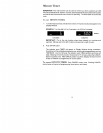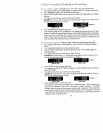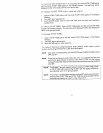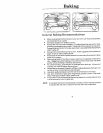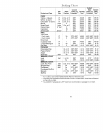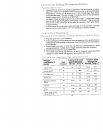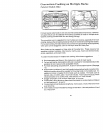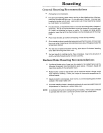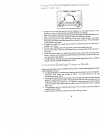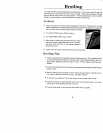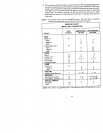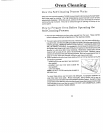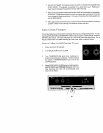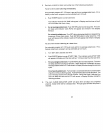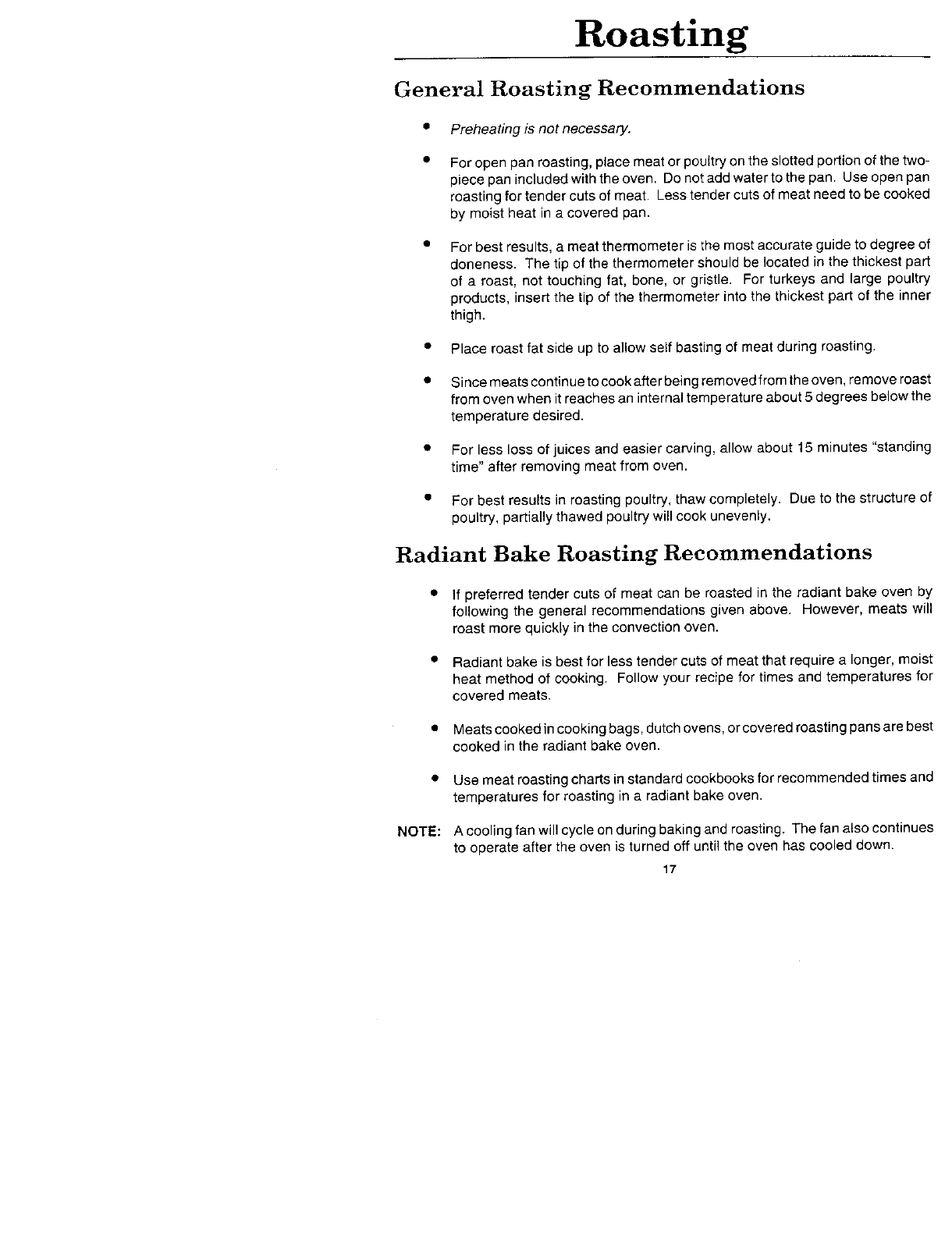
Roasting
General Roasting Recommendations
• Preheating is not necessary.
• For open pan roasting, place meat or poultry on the slotted portion ofthe two-
piece pan includedwith theoven. Donot add water to the pan. Use open pan
roasting for tender cutsof meat. Less tender cutsof meat need to be cooked
by moist heat in a covered pan.
• Forbest results, a meat thermometer is the mostaccurate guide to degree of
doneness. The tip of the thermometer should be located in the thickest part
of a roast, not touching fat, bone, or gristle. For turkeys and large poultry
products, insert the tip of the thermometer into the thickest part of the inner
thigh.
• Place roast fat side up to allow serf basting of meat during roasting.
• Sincemeats continue tocook afterbeing removed fromtheoven, remove roast
from oven when it reaches an internaltemperature about5 degrees belowthe
temperature desired.
• For less loss of juices and easier carving, allow about 15 minutes "standing
time" after removing meat from oven.
• For best results in roasting poultry, thaw completely. Due to the structure of
poultry, partially thawed poultry will cook unevenly.
Radiant Bake Roasting Recommendations
• ]f preferred tender cuts of meat can be roasted in the radiant bake oven by
following the general recommendations given above. However, meats will
roast more quickly in the convection oven.
• Radiant bake is best for less tender cuts of meat that require a longer, moist
heat method of cooking. Follow your recipe for times and temperatures for
covered meats.
• Meats cooked in cooking bags, dutch ovens,orcovered roasting pansare best
cooked in the radiant bake oven.
• Use meat roasting charts in standard cookbooks for recommended times and
temperatures for roasting in a radiant bake oven.
NOTE: A cooling fan will cycle on during baking and roasting. The fan also continues
to operate after the oven is turned off until the oven has cooled down.
17



